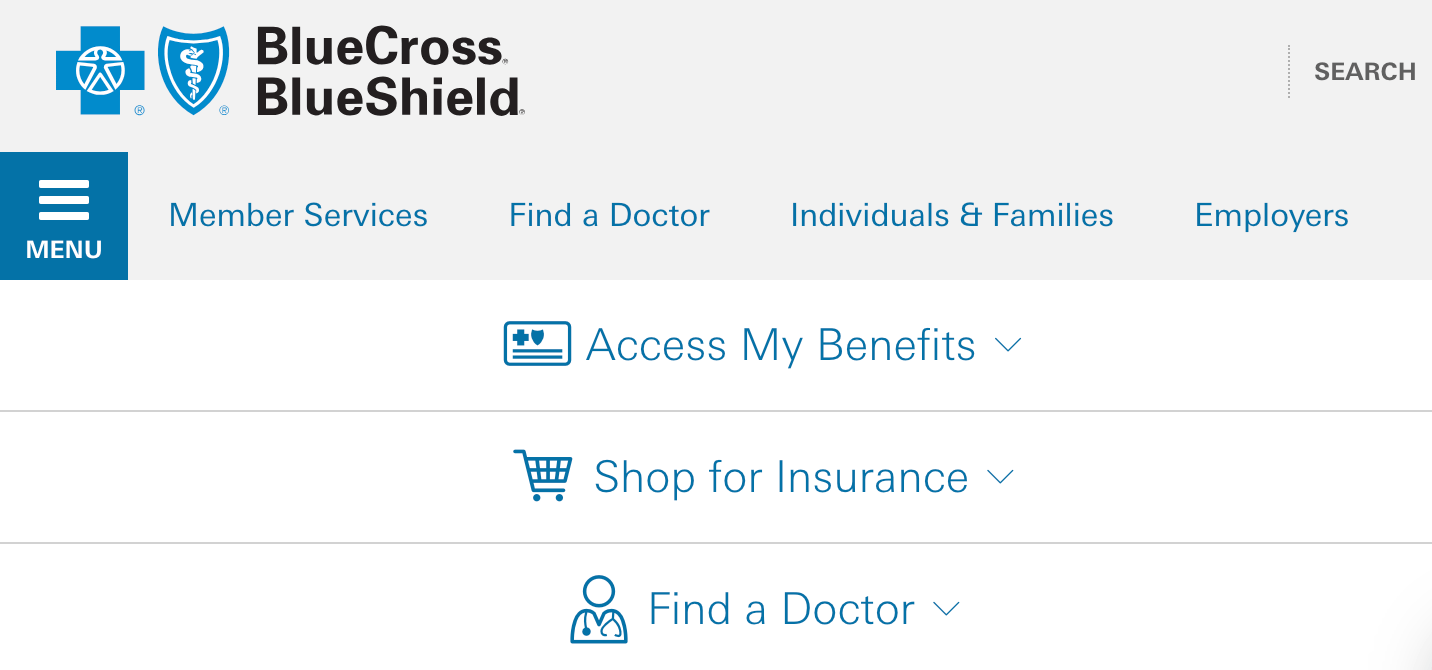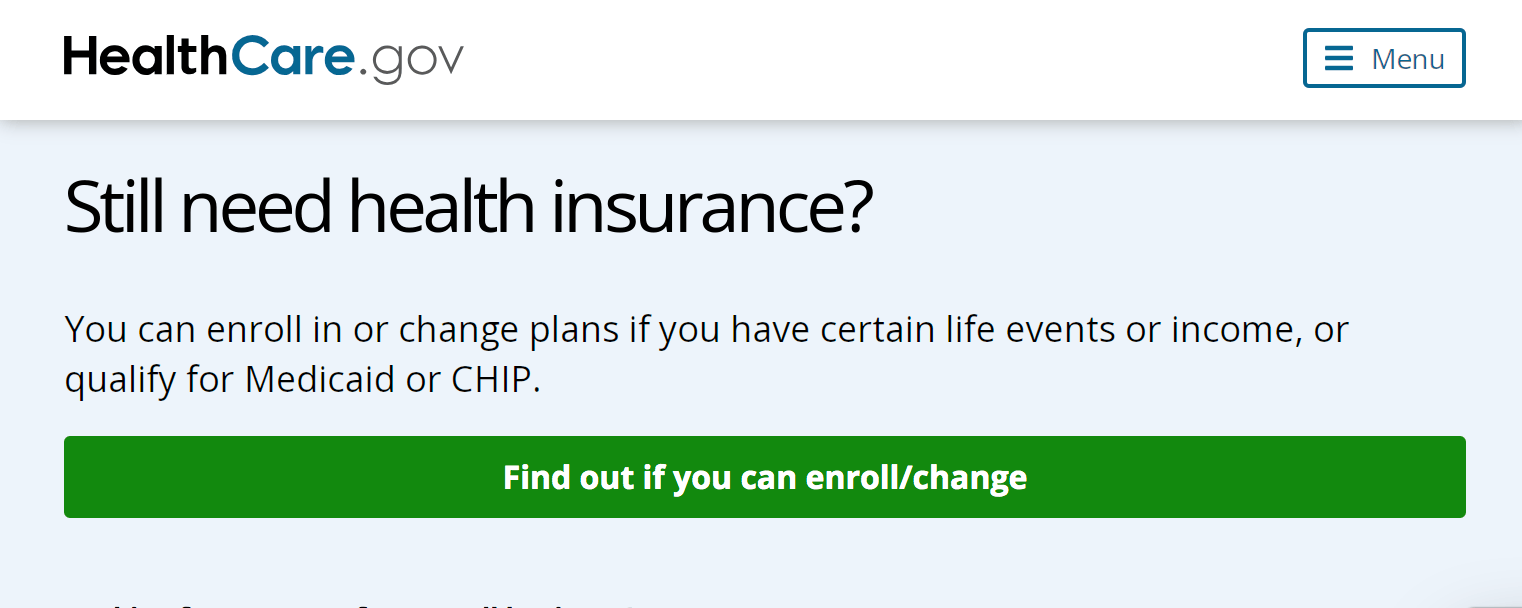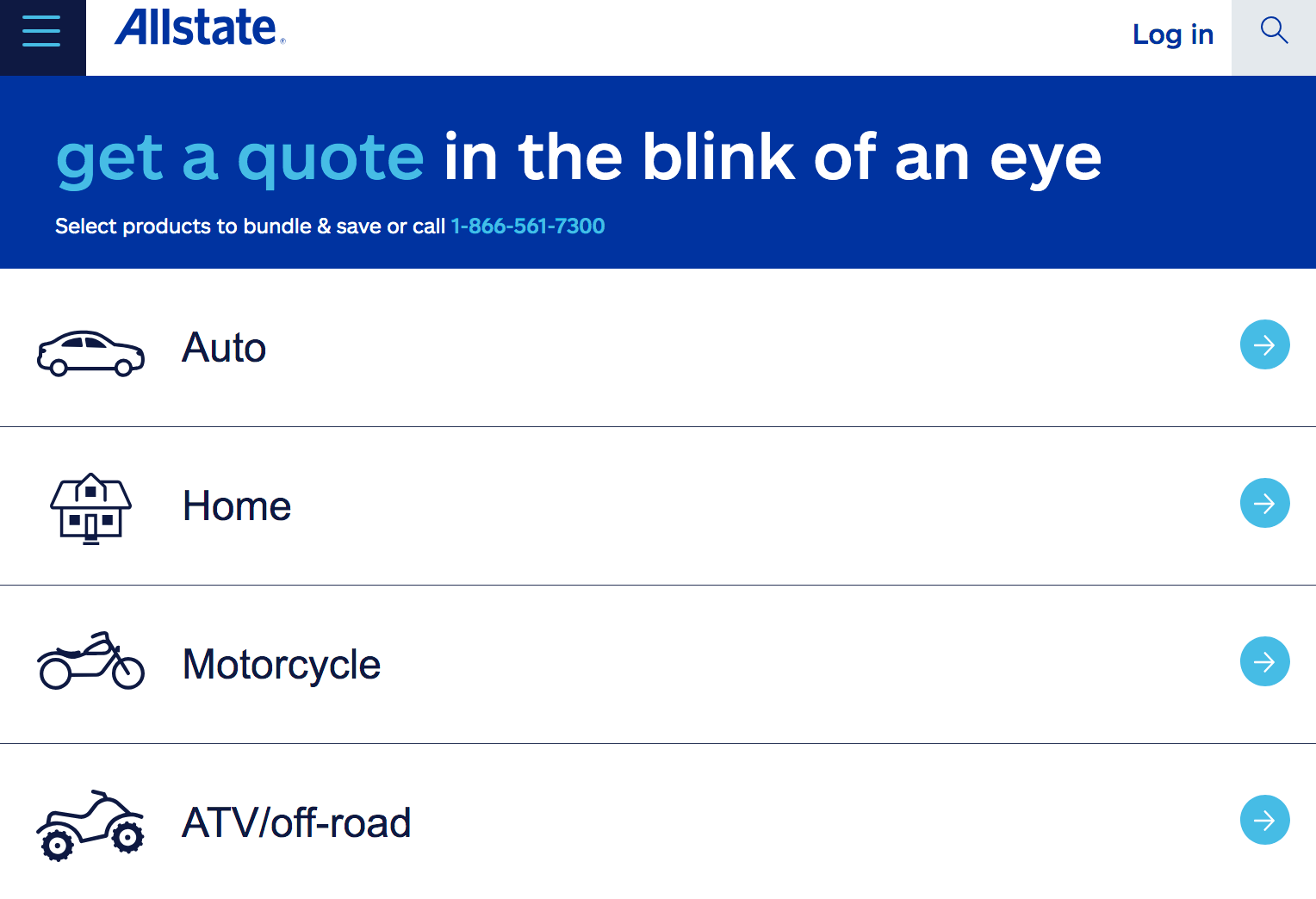- Home
- Industries
- Insurance
- Insurance insurance statistics/insurance industry statistics
80+ Insurance Statistics: Everything You Need To Know About Insurance Companies
Want more insight into consumers’ behaviors, attitudes, and preferences in the insurance industry? Explore key statistics from the insurance industry, including data on health, life, home, auto, travel insurance, and insurance industry marketing.
-
insights from 6,600+ hours of insurance marketing experience
To help you better understand the insurance industry, we’ve compiled a list of over 80 insurance statistics that shed light on the industry, the insurance people buy, and more.
Skip ahead to the statistics you want to learn about most!
- General insurance company statistics
- Health insurance statistics
- Life insurance statistics
- Home and auto insurance statistics
- Travel insurance statistics
Keep reading to learn more about insurance industry statistics!
P.S. Want to grow your insurance marketing strategy? WebFX can help! Contact us online to chat with a strategist!
General insurance company statistics
First, on this list of statistics for insurance, let’s look at a couple of general insurance company stats:
- Insurance premiums in the U.S. exceeds one trillion dollars annually.
- There are 2.8 million employees in the U.S. insurance industry.
- There are over 5900 insurance companies in the United States.
- New York has the most domestic insurance companies, with over 547 companies.
- Florida has the second most domestic insurance companies, with over 440 companies.
Health insurance statistics
The first sector of the insurance industry we’ll look at is health insurance. This insurance industry data will focus on people who do and don’t have health insurance.
Check out these stats on the health insurance industry:
- Berkshire Hathaway is the largest insurance company based on total assets.
- Over 304 million people in the U.S. have health insurance.
- Over 27 million people under 65 don’t have health insurance.
- 67% of people ages 18-64 have private health insurance.

- 63% of people didn’t buy a health insurance plan because it was too expensive.
- 57% of people were insured all year and not underinsured.
- 54% of children ages 0-17 have private health insurance.
- 46% of people have skipped or delayed care because of the cost.
- 46% of people dropped coverage because they couldn’t afford what they had to pay.
- 43% of children ages 0-17 have public health insurance.

- 43% of working-age adults were inadequately insured in 2022.
- 29% of people in Texas don’t have health insurance, making it the state with the highest amount of uninsured people, followed by Georgia (19%) and North Carolina (17%).
- 23% of people were insured all year but underinsured.
- 22% of people ages 18-64 have public health insurance.
- 12% of people ages 18-64 don’t have health insurance.
- 11% of people lost insurance coverage because they missed the deadline to re-enroll.
- 11% of people are insured with a coverage gap.
- Only 3% of people in Massachusetts don’t have health insurance, making it the state with the lowest amount of uninsured people, followed by Michigan (6%) and Maryland (6-6.5%).
- 4% of children ages 0-17 are uninsured.
Life insurance statistics
Another prominent sector of the insurance industry is life insurance companies. In the following statistics for insurance, we’ll focus on how many people have life insurance, why people invest in it, and more.
Here’s the insurance industry data on life insurance:
- Life insurance companies pay out over $78 billion to life insurance beneficiaries.
- There are over 260 million active life insurance policies in the U.S.
- 106 million American adults believe they don’t have adequate health insurance.
- There are over 730 life insurance companies.
- 82% of consumers overestimate the expense of getting a life insurance policy.
- 52% of American adults have a form of life insurance.
- 68% of people with life insurance feel more financially secure than those without life insurance.
- About three-fifths of Americans believe that life insurance coverage is only for burial and final expenses
- 40% of one survey’s respondents say they have savings that would cover up to three months of expenses.
- 60% of people cite cost as a reason for forgoing life insurance.
- 60% of Americans who feel knowledgeable about life insurance have coverage.
- 28% of Americans don’t have life insurance because they say it’s not a financial priority.
- 23% of Americans don’t have life insurance because they are uncertain about how much they need to spend or what they need to buy.
- 48% of U.S. households report having a term life policy.
- 22% of women don’t have life insurance.
- Of the population of Americans who don’t feel knowledgeable about life insurance, only 20% have coverage.
- 11% of men don’t have life insurance.
Home and auto insurance statistics
Next on this list of insurance industry statistics, let’s look at home and auto industry stats. If you own a car or a home, you’ve likely taken the time to find the right insurance company to cover your investment.
Here’s what you need to know about the home and auto insurance industry:
- The car insurance industry is worth $316 billion.
- 215 million drivers carry car insurance in the U.S.
- Over 2.2 million people are injured in motor vehicle crashes in the U.S.
- One in seven drivers doesn’t have car insurance.
- The most expensive state to buy full coverage auto insurance is Florida, at an average of $3865 per year.
- The average car insurance cost for married couples is $2948 per year.
- $2150 per year is the average cost for full coverage car insurance.
- The average cost of home insurance is $1759 per year for $250,000 in dwelling coverage.
- The cheapest state to buy full coverage auto insurance is Vermont, at an average of $1158 per year.
- 85% of homeowners in the U.S. have homeowners’ insurance.
- 82% of uninsured drivers can’t afford insurance or don’t have an operable vehicle.
- 79% of insured drivers buy comprehensive coverage.
- 75% of insured drivers buy collision coverage.
- 60% of homes are undervalued for insurance policies.
- 52% of homeowners don’t completely understand what’s included in their insurance policy.
- 63.8% is how much auto insurance has increased from 2014 to 2023.
- 47% of homeowners are unsure what their insurance covers.
- State Farm holds nearly 18% of the homeowners’ insurance market share.
- State Farm holds 16% of the car insurance market share.

- Allstate holds 8% of the homeowners’ insurance market share.
- GEICO holds nearly 14% of the car insurance market share.
- Progressive holds 13% of the car insurance market share.
- Allstate holds 10% of the car insurance market share.

- 6% of drivers on the road are uninsured.
- 2% of the average household income is spent on auto insurance.
Travel insurance statistics
When people take a trip, especially out of the country, they often want to purchase insurance for the trip in case something goes wrong. So, next on this list of insurance company statistics, let’s look at travel insurance companies.
Here’s what you need to know about travel insurance:
- Allianz Partners Sas and American International Group hold the largest market share for travel insurance.

- The travel insurance industry is worth $5.9 billion.
- $148 is the average cost of traveler’s insurance.
- 95% of travel insurance claims payout.
- 94% of travel insurance policies cover canceled trips.
- 93% of travel insurance claims are due to travel delays, cancellations, missing baggage, and medical expenses.
- 61% of travelers purchased insurance because they planned the trip far in advance.
- 57% of people buy travel insurance based on recommendations from family or friends.
- 42% of people don’t purchase travel insurance because it’s too expensive.
- 41% of people don’t purchase travel insurance when going on vacation.
- 38% of Americans said they would purchase travel insurance for a future trip.
- 28% of people don’t purchase travel insurance because they’re going on a short vacation.
- Travel insurance costs between 4% and 10% of the total trip cost.
Go beyond these insurance company statistics
Many of the insurance statistics we shared above highlight how people interact with insurance companies and their perceptions on getting insurance. By having these keen insights, you gain a better understanding of the insurance industry and can better market your company.
At WebFX, we have in-depth knowledge of marketing in the insurance industry. With over 28 years of experience in digital marketing, we know how to craft an insurance marketing strategy that boost revenue and client numbers.
If you want to learn more about our digital marketing services, contact us online or call us today at 888-601-5359 to speak with a strategist!
We Drive Results for Insurance Companies
- Dedicated account manager backed by 500+ digital experts
- Renowned for our communication and transparency



Additional Reading
- 5 Tips for Improving Insurance Reputation Management
- 7 Insurance Marketing Strategies & Ideas for Driving Revenue
- CRM for Insurance Agents
- How to Get Insurance Clients with Digital Marketing: 7 Strategies
- How to Use PPC for Insurance Agencies
- Insurance Lead Generation: 8 Insurance Lead Generation Ideas
- Insurance Website Design Services
- SEO for Insurance Agents: Services & Guide
- Social Media for Insurance Agents: How to Get Started
- Physician Disability Insurance Marketing
How We Drive Revenue for Businesses
- Enterprise Marketing Agency
- Inbound Marketing Company
- Inbound Marketing Pricing: How Much Should You Pay in 2024?
- Inbound Marketing Services
- Internet Marketing Agency
- Internet Marketing Prices for Every Strategy
- Marketing Operations Services
- Measure Your Product Catalog’s ROI with Ecommerce PIM
- Online Press Release Services: Promote & Grow Your Company
- Video Marketing Agency
We Drive Results for Insurance Companies
- Dedicated account manager backed by 500+ digital experts
- Renowned for our communication and transparency



Explore our insurance case studies
Read our case studies for a more in-depth look at our results.
Solving key challenges for insurance companies
Our website isn’t driving enough traffic
Drive more qualified traffic to your website with digital marketing strategies designed to boost your online visibility and brand awareness.

We’re not attracting new clients
Keep a steady stream of clients coming through your doors with personalized marketing plans from WebFX designed to attract high-value leads to your business.

We’re struggling to sell the new services we offer
Having trouble getting prospects to invest in your new insurance services? Get your services in front of the people who are actively searching for them with WebFX.

We aren’t retaining clients
It costs more money to attract new clients than it does to retain them. Enjoy massive cost savings and more revenue with marketing plans designed to foster client loyalty and long-term relationships.


